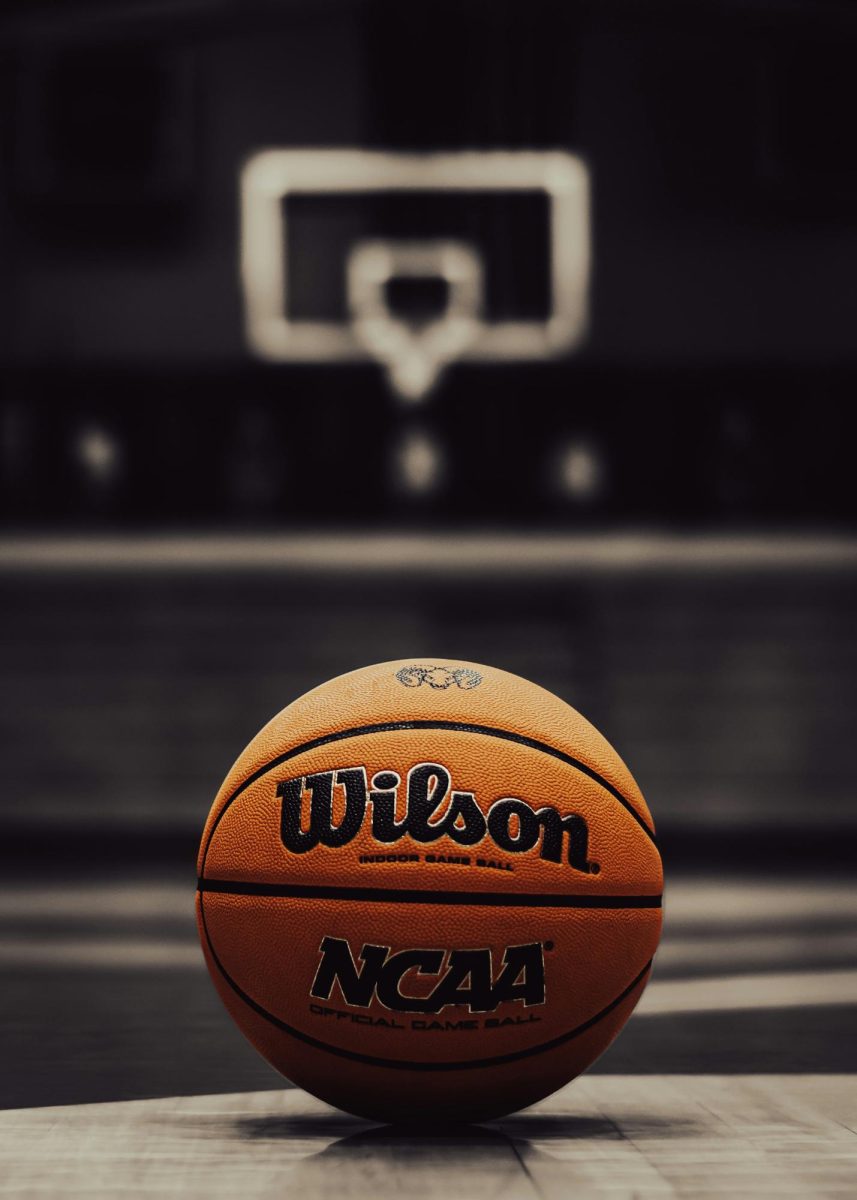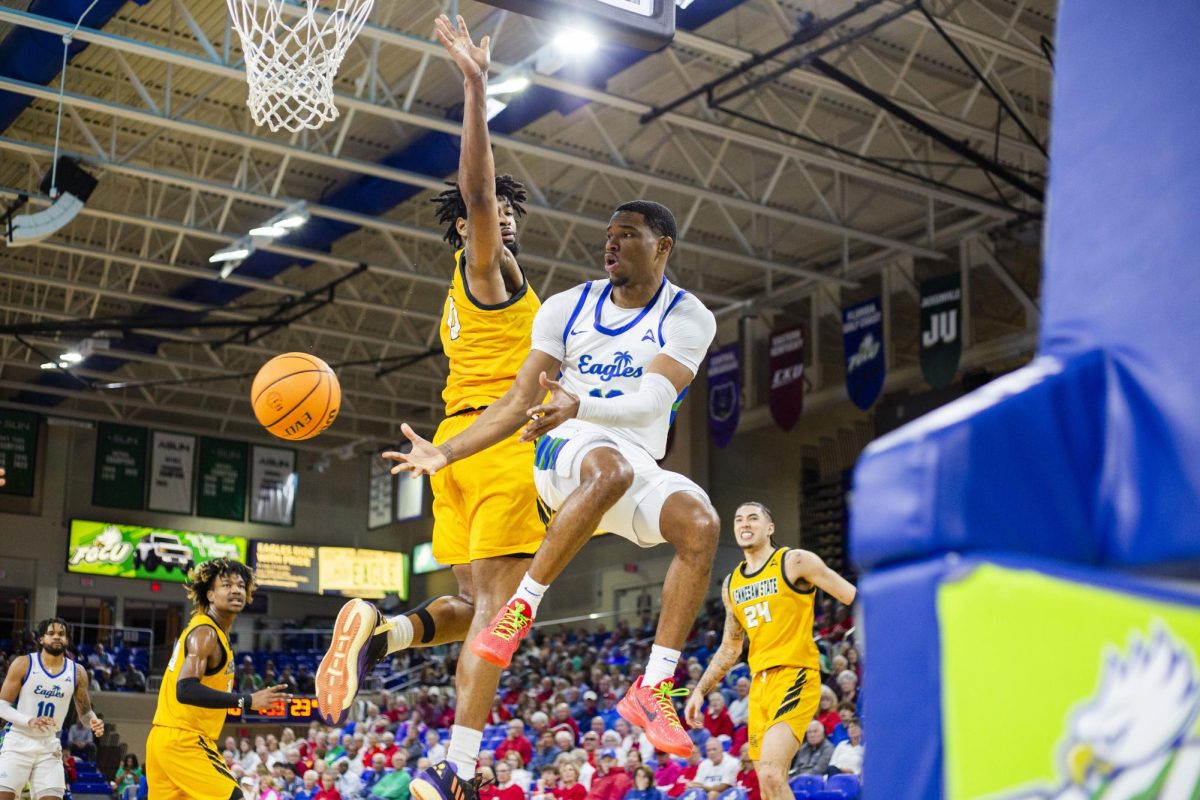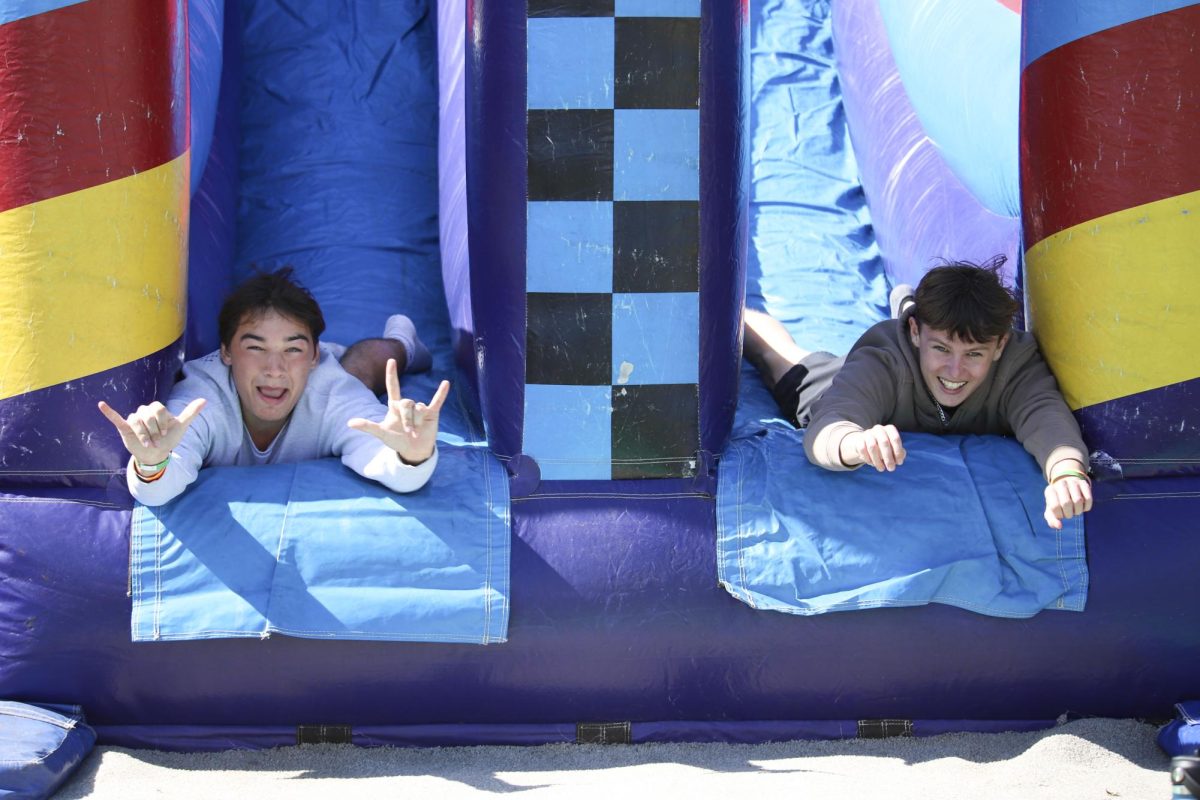When someone’s favorite athlete is injured the first person to check on them is the team’s athletic trainer. They make the on-court diagnosis on whether a player can continue playing with an injury they encounter while playing. Without them, many players would not have the longevity and ability to meet the exhausting demands of being an athlete.
Beth Clayton, athletic trainer for softball and swim and dive, provided insight into the day-to-day operations of the position.
Five Things to Know:
1) Athletic trainers typically arrive hours before an event and set up the facility for both the home and away teams. Depending on the event they have to provide both teams with water, an electrolyte beverage and ice. They will also have different emergency equipment such as a split bag, crutches and an oxygen tank.
2) If teams need access to assistance in aiding an injured player, the home team’s athletic trainer will help facilitate the access they are provided to the team’s facility and doctors.
3) Depending on the sport, the amount of athletic trainers at an event varies. For events where there are only two teams (basketball, baseball, softball and soccer) there is one athletic trainer for each team. For group sports such as beach volleyball, golf and cross country.
4) If there is a situation where multiple players are injured at the same time, athletic trainers will set up a triage to determine the player that needs immediate care, as opposed to those who can wait.
5) Whenever a player needs something before the game, whether it ranges from being stretched to a last-second drink, athletic trainers are the main people they go to for it.
How do the tasks of the athletic trainer role differentiate among sports?
“Oftentimes, with swim teams, each team doesn’t necessarily bring their own athletic trainer,” Clayton said. “And there’s sometimes more than just one opposing team. If they haven’t brought an athletic trainer with them, then we also help provide care for them. As for softball, everyone will typically travel with an athletic trainer, so you walk them through what you have and through the emergency action plan for each site.”
Do athletic trainers stick to the sports they are assigned or do they step in when needed?
“We will always step in,” she said. “Each athletic trainer has two sports assigned to them. So like for me, it’s softball, swim and dive. But we try very hard in our department to look at it as more of a team. So, if somebody needs help with something, we’ll do our very best to step in and make sure that everyone is able to also have that work-life balance aspect of it.”
What does a travel kit look like when you travel on the road with a team?
“We take with us our kit, which is like our sideline kit, and that has medication, tape, first aid, things, wound care, all of that sort of stuff,” Clayton said. “Typically, we’ll take a portable stem unit. Some of us will travel with cupping sets. Some of us travel with scraping or like instrument-assisted soft tissue massage sets. But that’s up to the team, whether or not they want to purchase that. We don’t provide that from sports medicine for them.”
What is the biggest challenge athletic trainers have to deal with on the road?
“I would say it’s a toss-up,” she said. “It’s always a question of like, whether or not you’ve brought enough supplies because what you have is, is what you have. Obviously, you can run to a store, or you could ask the home site if they would be willing to lend you something, and most of the time that works out, it’s fine. It’s a give-and-take sort of vibe.”
What is one thing you do that many people may not know about being an athletic trainer?
“The really cool thing about athletic trainers is that, because of our position, both within sports medicine and within the team itself, we are one of the only healthcare professionals,” Clayton said. “That has the ability to be with the individual who is injured from the time they’re injured until the time they return to play. If somebody gets injured out of practice during a game, whatever it might be, you’re there from the moment that they got injured and assess them through their entire recovery, through their return to play, to the moment they return which is one of my favorite parts of athletic training.”


























